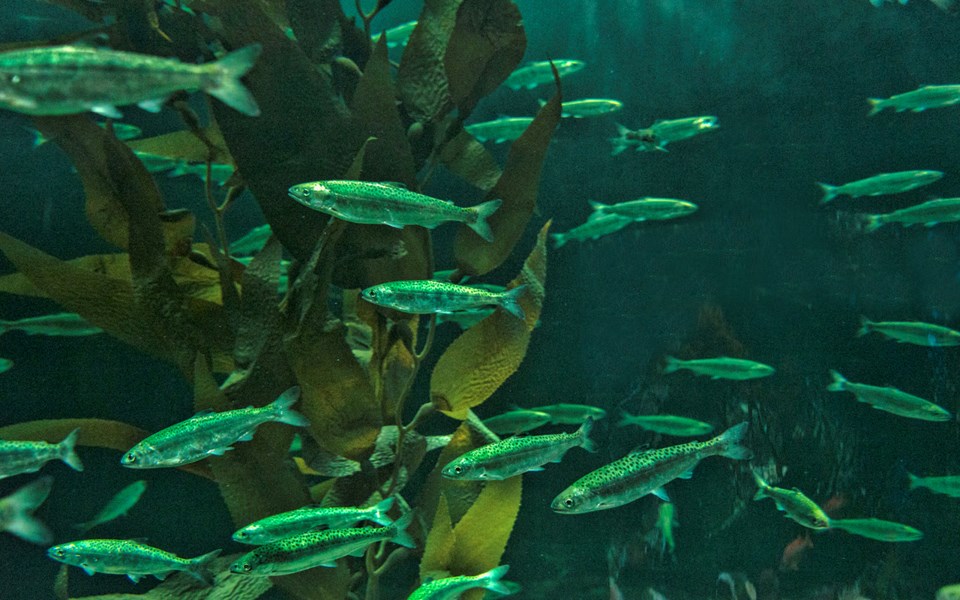In the recent story in Pique [July 8], "Anglers beyond frustrated with another season of chinook closures," Raincoast’s Misty MacDuffee is quoted saying she "agrees that just focusing on sports fishers isn't the full solution in terms of the recovery of stocks of concern and that more needs to be done to help recovery."
I agree with her, but she goes on to make several confusing and ambiguous statements.
She refers readers to the Department of Fisheries and Oceans (DFO) Draft Evaluation Framework assessment of the Sport Fish Advisory Board Chinook proposals and quotes, "The data suggest Fraser stocks of concern are encountered in the proposed fishing area from April through August, though likely in small proportions relative to other stocks in the area. There is uncertainty around that and the low number of samples”. This ignores key conclusions for Howe Sound Areas 28-1 to 28-5.
These areas were categorized by DFO as "very low" (risk).” It also stated there is a considerable amount of Coded Wire Tags (357) collected over the years between April and July, and it goes on and says the exploitation rate of Fraser River stocks is estimated at less than 0.2 per cent.
In fact not all of Howe Sound was going to be open for retention of hatchery chinook. The proposal was data supported and developed with DFO staff to ensure the lowest encounter rate possible. The low number of CWT’s from stocks-of-concern is because you can't get samples from something that isn't there! The absence of stocks-of-concern in the Howe Sound-proposed areas justifies a modest fishery for hatchery Chinook.
Ms. MacDuffee cites the document: "An integrated model of seasonal changes in stock composition and abundance with an application to Chinook salmon," as a reason for concern about chinook distribution variability in Georgia Strait.
Upper Fraser River Chinook stocks of concern are stream-type chinook that spend an extra year in freshwater, migrate to sea and quickly leave the Georgia Strait for the North Pacific Ocean to feed and rear before returning along well-known migration routes to the Fraser River. Chinook that rear and feed in Georgia Strait are ocean-type Chinook. These mix and mingle in these waters, but are not the Upper Fraser stocks of concern.
Her comments that, "It sounds logical, 'we only want to catch the marked fish—the hatchery fish—the other problem in Howe Sound is there is a low mark rate," and "So you have got to release a lot of fish, potentially, for being able to keep a marked fish. There's mortality that has to be ascribed to those released fish," [must be understood I the context that] the DFO evaluation for Howe Sound chinook proposal still came in as very low risk.
Ms. MacDuffee is assuming anglers wants more hatchery chinook. The Public Fishery Alliance believes in targeted and intelligent hatchery production. There is no call for making more chinook just fin-clip current production.
We support adipose fin clipping as a means to provide modest angling opportunities, where appropriate during difficult times; as a proven means of reducing impacts on stocks of concern; for providing accurate data collection; for the identification of wild from hatchery fish during broodstock collection so hatchery fish can be removed; and to support selective First Nations and recreational in-river fishing opportunities that currently do not exist.
She is quoted saying, "The solution is for the sports fishery to come up with a monitoring plan that is more in line with a commercial plan."
This is trying to drive a square peg in a round hole. There is a sophisticated system of data collection for all major public fisheries.
I agree that monitoring of all fisheries is important and want to continue to work with DFO to improve this for the public fishery. Her comment shows a complete lack of knowledge about how public fisheries operate, and appear as an attempt to block proven management methods that permit modest fisheries while aiding conservation efforts.
I find this disturbing.
She also lacks an understanding of the wide range of management measures that can be employed to sustain long-term access while minimizing impacts.
Perhaps Ms. MacDuffee should attend a Sport Fishing Advisory Board meeting to discuss her concerns and to get an education about the public fishery.
Dave Brown, Public Fishery Alliance //Whistler





